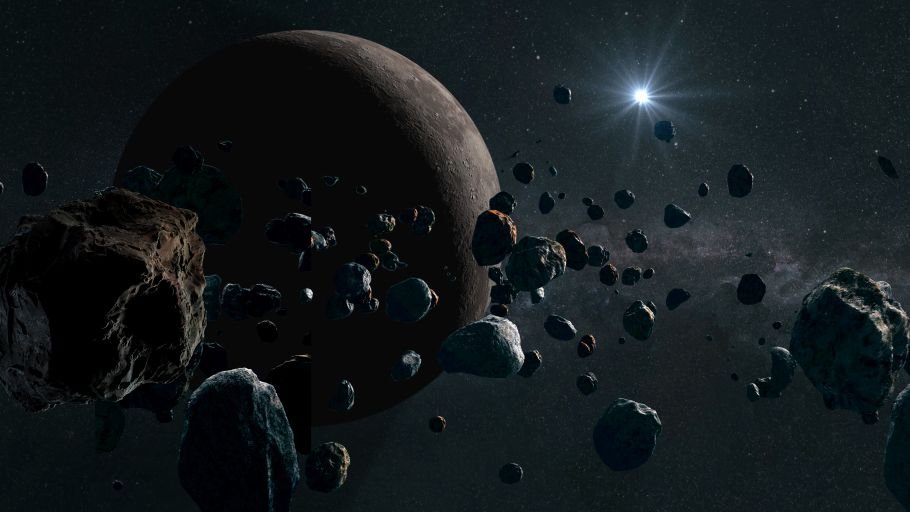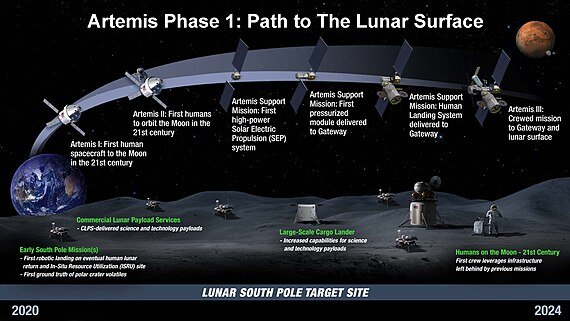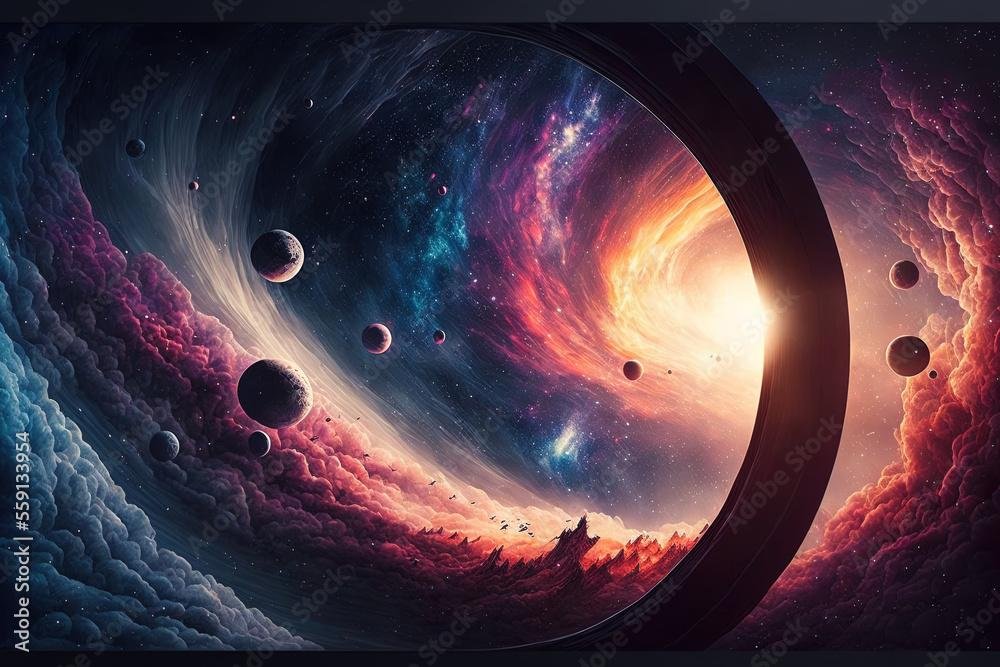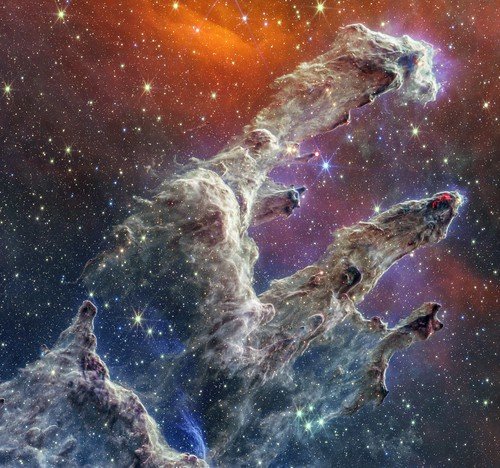The solar system has always been a source of fascination and mystery. From the fiery surface of the Sun to the icy reaches of the Kuiper Belt, astronomers have spent centuries uncovering its secrets. Yet, one question continues to spark debate among scientists and space enthusiasts alike: Is there a ninth planet in our solar system?
For decades, we’ve known about the eight planets orbiting the Sun. However, recent discoveries and theoretical models suggest that there might be another world lurking in the outer reaches of our cosmic neighborhood. This hypothetical planet, often referred to as Planet Nine, could revolutionize our understanding of the solar system. In this article, we’ll explore the evidence for and against Planet Nine, the history of planetary discovery, and what this mystery means for the future of astronomy.
What Is Planet Nine?
Planet Nine is a theoretical planet hypothesized to exist in the outer solar system, far beyond the orbit of Neptune. It is believed to be a super-Earth or mini-Neptune, with a mass roughly 5 to 10 times that of Earth. Unlike the gas giants Jupiter and Saturn, Planet Nine is thought to be an icy world, similar to Uranus or Neptune, but much farther away.
The idea of a ninth planet isn’t new. In fact, it dates back to the early 20th century when astronomers speculated about the existence of Planet X, a hypothetical planet beyond Neptune. While Pluto was discovered in 1930 and initially considered the ninth planet, it was later reclassified as a dwarf planet in 2006. This left the solar system with only eight planets—until the Planet Nine hypothesis emerged.
The Evidence for Planet Nine
The case for Planet Nine is based on several lines of evidence, primarily involving the unusual orbits of objects in the Kuiper Belt, a region of icy bodies beyond Neptune. Here’s what scientists have observed:
1. Clustered Orbits of Kuiper Belt Objects
Astronomers have noticed that some Kuiper Belt Objects (KBOs) have highly elliptical orbits that are tilted relative to the plane of the solar system. These orbits appear to be clustered in a way that suggests they are being influenced by the gravitational pull of a massive object—possibly Planet Nine.
2. Mathematical Models
In 2016, astronomers Konstantin Batygin and Mike Brown from Caltech published a study suggesting that the gravitational effects of a distant planet could explain the peculiar orbits of these KBOs. Their mathematical models predicted that Planet Nine could be located 400 to 800 astronomical units (AU) from the Sun, far beyond the orbit of Neptune (1 AU is the distance from Earth to the Sun).
3. Simulations and Predictions
Computer simulations have shown that the presence of a ninth planet could account for the observed orbital anomalies. These simulations also predict that Planet Nine would have a highly elongated orbit, taking between 10,000 and 20,000 years to complete one trip around the Sun.
The Search for Planet Nine
Despite the compelling evidence, Planet Nine has yet to be directly observed. Finding it is no easy task, given its immense distance from the Sun and the faintness of its reflected light. However, astronomers are using some of the most advanced telescopes and techniques to hunt for this elusive world.
1. Ground-Based Telescopes
Telescopes like the Subaru Telescope in Hawaii and the Very Large Telescope in Chile are scanning the skies for signs of Planet Nine. These instruments are equipped with powerful cameras capable of detecting faint objects in the outer solar system.
2. Space-Based Observatories
NASA’s Transiting Exoplanet Survey Satellite (TESS) and the upcoming Nancy Grace Roman Space Telescope could also play a role in the search. While these missions are primarily designed to study exoplanets, they may inadvertently spot Planet Nine.
3. Citizen Science Projects
Projects like Backyard Worlds: Planet 9 allow amateur astronomers and citizen scientists to help search for Planet Nine by analyzing telescope data. This collaborative approach has already led to the discovery of other distant objects in the solar system.
The Case Against Planet Nine
While the evidence for Planet Nine is intriguing, not all scientists are convinced. Some argue that the observed orbital anomalies could be explained by other factors, such as:
1. Observational Bias
Critics suggest that the clustering of KBO orbits might be the result of observational bias. In other words, astronomers may have only detected objects that happen to have similar orbits, creating the illusion of a pattern.
2. Alternative Theories
Some researchers propose that the gravitational influence of a massive disk of icy debris in the outer solar system could explain the orbital anomalies without the need for a ninth planet. Others suggest that the anomalies could be caused by the combined gravitational effects of smaller objects.
3. Lack of Direct Evidence
The most significant argument against Planet Nine is the absence of direct observational evidence. Until the planet is detected, its existence remains speculative.
The History of Planetary Discovery
The search for Planet Nine is part of a long tradition of planetary discovery. From the ancient astronomers who first mapped the night sky to the modern scientists using cutting-edge technology, the quest to understand our solar system has always been driven by curiosity and innovation.
1. The Discovery of Uranus
In 1781, astronomer William Herschel discovered Uranus, the first planet found with a telescope. This discovery expanded the known boundaries of the solar system and paved the way for future explorations.
2. The Prediction of Neptune
In the mid-19th century, mathematicians Urbain Le Verrier and John Couch Adams predicted the existence of Neptune based on irregularities in Uranus’s orbit. Neptune was later observed in 1846, marking the first time a planet was discovered through mathematical prediction.
3. The Demotion of Pluto
Pluto was discovered in 1930 and initially hailed as the ninth planet. However, the discovery of similar-sized objects in the Kuiper Belt led to its reclassification as a dwarf planet in 2006. This decision remains controversial to this day.
What If Planet Nine Is Real?
The discovery of Planet Nine would have profound implications for our understanding of the solar system. Here are a few possibilities:
1. A New Perspective on Solar System Formation
Planet Nine could provide clues about the early history of the solar system. Its existence might suggest that the solar system once had more planets, some of which were ejected into interstellar space.
2. Insights into Exoplanets
Studying Planet Nine could help astronomers better understand super-Earths and mini-Neptunes, which are common in other star systems but rare in our own.
3. New Targets for Exploration
If Planet Nine is real, it could become a target for future space missions. While reaching it would be a monumental challenge, the scientific rewards could be immense.
Conclusion: The Mystery Continues
The search for Planet Nine is one of the most exciting and controversial topics in modern astronomy. While the evidence is compelling, the lack of direct observation means that the debate is far from settled. Whether Planet Nine exists or not, the quest to find it is pushing the boundaries of science and technology, inspiring a new generation of astronomers to explore the unknown.
As we continue to scan the skies and refine our models, one thing is certain: the solar system still holds many secrets waiting to be uncovered. The story of Planet Nine is a reminder that, even in an age of advanced technology, the universe remains full of surprises.









